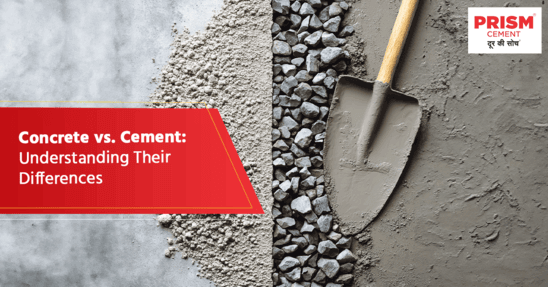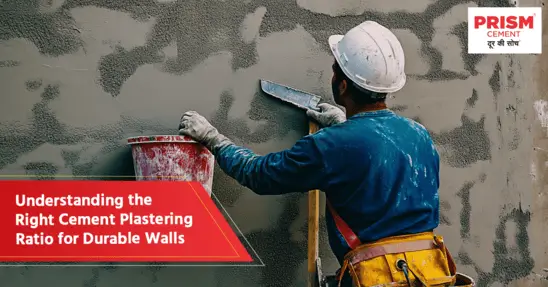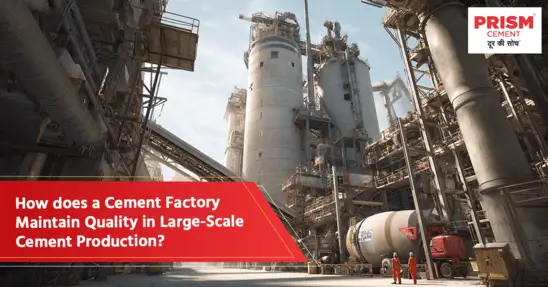Although they’re often used interchangeably, concrete and cement are two distinct materials with crucial roles in construction. Since they are closely related, understanding their differences is essential for making informed decisions about your building project.
What is Cement?
Cement is a fine, powdery substance that acts as a binding agent. It is primarily made from limestone, clay and other materials that are heated in a kiln to produce clinker. This clinker is then ground into a fine powder, often with additives to enhance its properties. Portland Pozzolana Cement (PPC), the most common type, is known for its strength and durability.
What is Concrete?
Concrete is a composite material made by mixing cement with water, aggregates (such as sand, gravel, or crushed stone), and often additional substances such as admixtures to enhance its properties. The cement acts as a binder, holding the aggregates together to form a solid mass. The strength and durability of concrete depends on the quality of its components, the water-cement ratio and the curing process.
Choosing the Right Cement for Concrete
The quality of cement significantly impacts the strength and durability of concrete. Prism Cement offers a range of high-performance cement products to suit various construction needs. Known for its rapid strength gain, Prism Champion All Weather GOODSHIELD Cement is ideal for projects requiring quick completion, such as plastering. It also offers excellent workability and water resistance.
Cement and Sand Ratio for Plastering
Achieving the right consistency for plastering is crucial. The cement to sand ratio can vary depending on the desired thickness and strength. A common ratio is 1 part cement to 4-6 parts sand. However, it’s essential to follow the specific recommendations on the cement packaging for optimal results.
Conclusion
While cement is a vital component of concrete, they are distinct materials with different properties and applications. Understanding these differences will help you make informed decisions for your construction projects.




